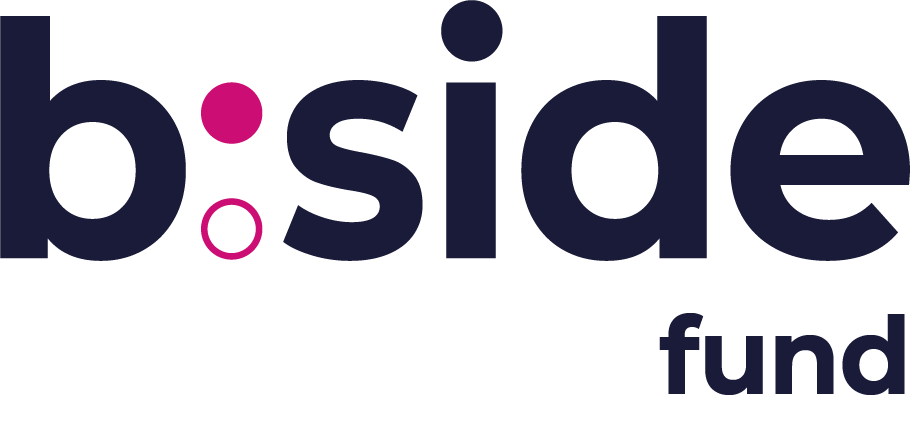Financial statements are a business owner’s best friends when the owner takes the time to look at them. They indicate the good and bad of a business’s operations. Financial statements such as the Balance Sheet, can be a snapshot in time, while others, like the Statement of Cash Flows, Budget vs. Actual Income Statement, and Profit and Loss Statement, show trends over time. All of them are essential for knowing how the business is performing.

Cash-flow imbalance is one of the leading causes of business failure, according to the U.S. Small Business Administration. So when the economy is ailing or economic indicators are unsteady, it’s more urgent than ever to maintain a balance between what’s flowing into the business and what’s flowing out. Financial statements provide that information.
Cash is king, and its flow is a matter of timing. Cash enters the business as capital through loans from creditors and investment from owners. Cash then is used to produce goods or services; it flows out to pay wages and purchase buildings, equipment, materials, and supplies. Next, it flows back to the business as payment for goods or services. Finally, it flows out again to pay taxes and debts and return money to owners before starting again at the beginning.
A breakdown at any stage can throw the operating cycle out of sync.
A stash of cash is the best assurance of keeping cash flow positive. Cash reserves are a cushion to fall back on during hard times or when the cycle is out of sync.
But there’s more to profitability than managing income and expenses. And that’s where the other financial statements come into play.
B:Side University, the educational arm of B:Side Capital and B:Side Fund, is offering a webinar on September 3, 2025, to help business owners understand financial statements. Participants will gain an in-depth overview of the four key financial reports: the Balance Sheet, Profit & Loss Statement, Budget vs. Actual, and Statement of Cash Flows.
Participants will learn how to interpret financial statements, identify trends, and use the insights to make informed financial decisions, improve cash flow management, and support strategic planning. The webinar will offer valuable guidance and practical knowledge to help business owners interested in strengthening their financial literacy or enhancing their business performance. The webinar is geared toward both startups and seasoned entrepreneurs.
B:Side Capital and its nonprofit sister organization, B:Side Fund, offer small business loans to entrepreneurs in Arizona, Colorado, Utah, and New Mexico. B:Side Capital works with the U.S. Small Business Administration (SBA) as a Certified Development Company to offer SBA 504 loans for owner-occupied commercial real estate purchases, renovations, and construction. It also partners with traditional banks on the SBA 7(a) Loan Program, which offers general business financing from $25,000 to $5.5 million. Its nonprofit sister organization, B:Side Fund, offers loans, grants, and capital opportunities that target underserved communities.
Learn more about B:Side Capital and B:Side Fund.

